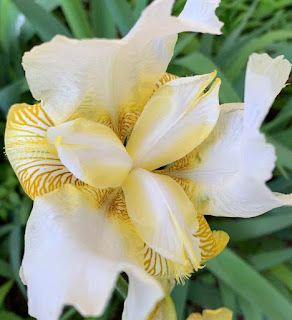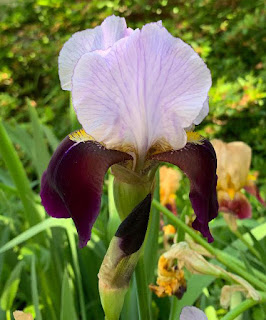We will go back and actually plant them early next week. I also have several herbs to put in the ground, along with some peppers and squash seedlings--then a few things I want to start from seed (okra, cotton, zinnias).
It is a late start this year for the summer growing season because of the rainstorms. I love the rain! However, these recent storms are gully-washers and we are getting them pretty much every other day. The ground is soaking and it is really not good to be digging and working in it, though I think we'll go ahead and take our chances and work in the wet soils as we really don't have much time left. Seasons like these are what make me really feel for professional farmers and plant nurseries.
*She will introduce herself in a few days on this blog.
What is growing in your edible garden this week?
About Fenton Friday: Every Friday during the growing season, I'll be giving you an update on my community garden plot at the FentonStreet Community Garden just across the street from my house. I'm plot #16. It is a 10 ft x 20 ft space and this is our 7th year in the garden. (It opened in May 2011.) See past posts about our edible garden by putting "Fenton" into the Search box above.




























